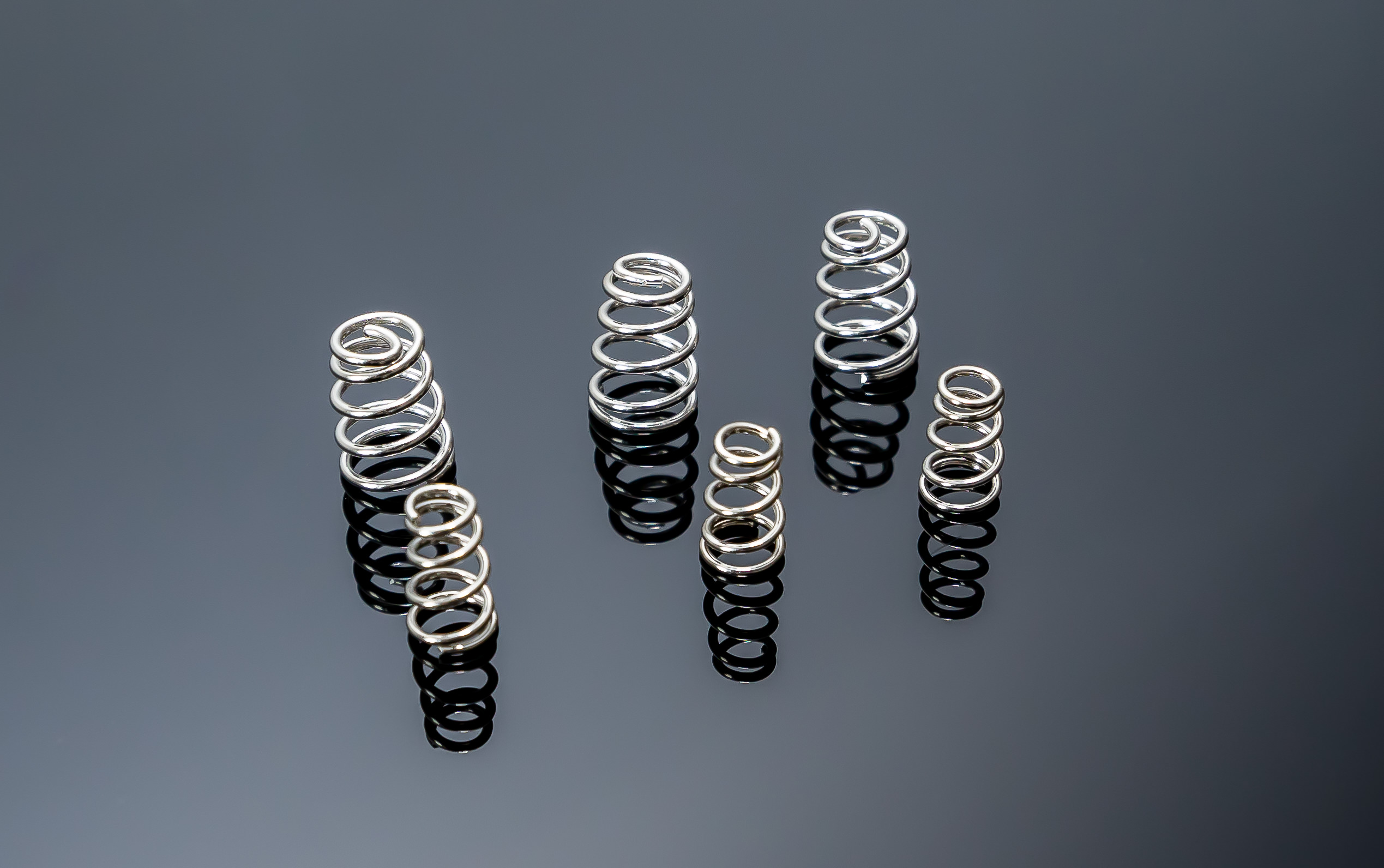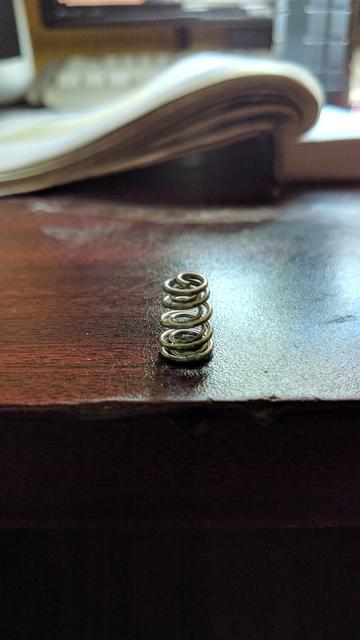liveforphysics
100 TW
spinningmagnets said:If the causal readers take anything away from this discussion, I hope it is the fact that the negative end of an 18650/21700 cell is the connection that is the most sensitive to any heat that is used in the connection process . Conquer the negative end, and the positive is easy.
I haven't found any way yet to DIY ultrasonic wire-bonding.
Designs that use a spring on one end seem to insist on using the spring (either coil or leaf) as the conductor. I think there is some potential in having the spring and conductor be two separate elements.
So true that the negative is always the delicate one, and the trick that if you master you've got it all.
Yep, you must separate the spring from the conductor. You also must maintain clamp loads without creeping materials or fatigue to have success. It's a design challenge to keep light and compact but not impossible.



